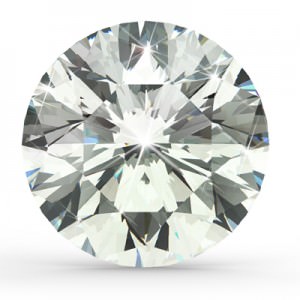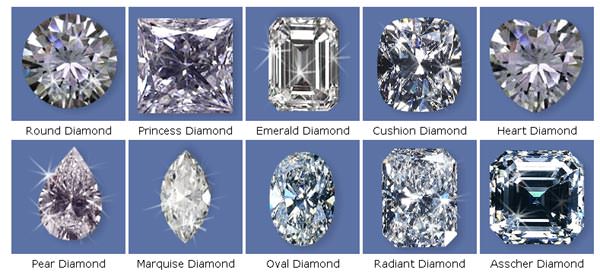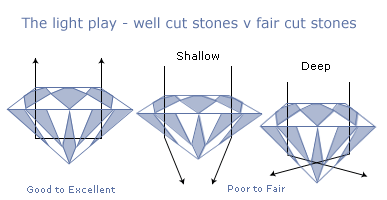-
Your shopping cart is empty!
- Login
- •
- Register
- •
- Wish List (0)
- •
- Checkout
- •
- Compare (0)
MENU
- Engagement +
- Diamonds +
- Wedding +
- Eternity +
- Bubble Rings +
- Earrings +
- Pendants +
- Bracelets +
- Men's Rings +

Buying diamonds, diamond rings or diamond jewellery is always an important, emotional and serious event but at ComparetheDiamond.com (formerly diamondgeezer.com) we work hard to ensure that it remains enjoyable and memorable. ComparetheDiamond.com (formerly diamondgeezer.com) has created this informative, educational section to enable shoppers to make an informed decision and thereby acquire higher quality diamonds and diamond jewellery for less. At anytime go to our award winning site and view over 250, 000 diamonds. Today there are
certificated diamonds listed on the site. FREEPHONE 08080-DIAMOND
diamonds has produced unique parameters for grading these characteristics in laboratory conditions. Detailed reports are produced for each diamond and these enable a safe and secure purchase without the need to actually view the diamonds. The 'diamond map'; which is just one small part of a an independent laboratory's certificate can tell you much more than looking at a stone with an untrained eye while trying to focus through a jewellers loop.
FACT: It's not so much that you can see the marks as the effect they have, no matter how small, on the light play within the stone, and that means the positive or negative effect on the stone's sparkle.
The integrity and impartiality of the grading report is an essential buying tool which will dilute the mystery, bring clarity and understanding without dissolving the romance and fantasy of the occasion. The main attributes of a diamond report include the diamond's colour, clarity, cut and carat and usually include the measurements, a qualification of the diamond's fluorescence, the angles of cut and proportions expressed as a percentage (%) and other information depending on the type of certificate. Technology is empowering diamond laboratories to include a performance cut grade; although this is relatively new. While we would always give credit to the Gemological Institute of America (GIA) as the authority of diamond reporting
diamond certification > this does not suggest that other leading labs are not as proficient or as worthy, or that their certificates are less valuable.
Below is a basic summary of each main diamond characteristic. A more detailed summary is available by clicking on each link. Certificated diamonds greatly assist the consumer in purchasing, because they provide a benchmark and allow the consumer to know what to expect based on th. documentation prepared by the expert and impartial
The diamond colour scale was devised by the Gemological Institute of America (GIA) in the mid 1950's to regulate and define the colour spectrum of diamonds. The GIA proposed starting at D as the best and most colourless diamond available
. The colour scale progresses through the alphabet from D until Z which is the most colourful diamond. The graphic below illustrates the GIA colour scale.

Click for further information on diamond colour. . . . . . .
The clarity of a diamond refers to unique inclusions which are black, grey or white marks that internally flaw the diamonds structure, they are unique to each stone and we refer to them as 'nature's finger-prints'. These small imperfections are graded under magnification and represent the standard to classify the clarity of diamonds. A diamond with fewer inclusions is both rarer and therefore more desirable which in turn makes it more expensive. Diamonds from IF to VS2 will sparkle with intensity, with flawless stones providing the all important 'across-the-room-sparkle' that every girl desires. Diamonds from SI1 to SI3 will sparkle and I1to I3 will lack sparkle and life with the inclusions being noticeable to the naked eye - 'Who turned out the lights?' All conditions being constant, the less inclusions the greater the life and sparkle of a diamond and the more one will pay.
Gentlemen please be advised: The trade slang for an SI stone is 'eye clean' which suggests that you can't see the inclusions with the naked eye. We choose to add a caveat 'you can't see the inclusions with the naked eye, UNLESS you are female'! We have circled the typical inclusions you can expect in RED on this diagram.

Click for more information on diamond clarity. . . . . . .
The term 'cut' of a diamond is ambiguous as it is a term used to refer to both the shape in a general sense and then the actual quality or make, i. e. the quality of the cutting of the diamond, the cleanness of the facets, the angles of the facets, the level of finish, the polish, the symmetry, all factors that really do affect the diamonds sparkle and are much over looked.
There are many diamond shapes; the most popular is the round brilliant-cut diamond. The round brilliant-cut is the classic diamond shape and contains 58 facets including the culet.
. The round brilliant shape is the most expensive as it is usually possible to retain more carat size by cutting fancy shapes than cut a round. The choice of shape is your personal preference, below are some pictures of different diamond shapes. This list is not exhaustive, modern technology liberates the cutter and kite, star, trap and even butterfly and horse-head, to mention a few, are now common place.

The term CUT in its proper sense is a reference to the Diamond's "make", symmetry and dimensions. The diamond cut influences its ability to handle light refraction and create more sparkle, scintillation and life. When a diamond is well cut the diamond's facets will be in alignment and allow light to refract within and then be dispersed through the top of the diamond. With correct light dispersion comes the beautiful diamond sparkle that every girl dreams of. At ComparetheDiamond.com (formerly diamondgeezer.com) we have created a sparkle factor to assist our shoppers.
TIP Well 'cut' stones, or diamonds with quality 'make', are a flashlight compared to the lantern of a poorly cut stone.
A cut that maximizes light return will be described as 'Excellent' or 'Ideal' e. g. 'Symmetry: Ideal' 'Polish: Ideal'; illustrated as Perfect below. Premium, Very Good and Good cuts represent value for money but do not capture all the potential light return. Fair and Poor cuts should be avoided as they may be too shallow or deep (as illustrated below) and have a less than satisfactory performance. 'Who turned out the lights?'

Click for more information on diamond cut. . . . . . . .
The diamond's weight is represented in carats, NOT size, weight. One carat is divided into 100 points; a diamond that is three quarters of a carat is also 75 points. So shown as ?cts, 0. 75cts 0r 75 points - it's all the same. One carat is also the equivalent of 0. 2grams. Size relies on your budget and should be considered with the other characteristics of colour, cut and clarity in order to purchase the diamond that matches your need. A large diamond with poor cut, colour and clarity will appear less eye catching than a smaller diamond with excellent cut, colour and clarity so a delicate balance needs to be found. Speak to a ComparetheDiamond.com (formerly diamondgeezer.com) consultant on FREEPHONE 08080-DIAMOND that's 08080-342666 as they have many years experience balancing the diamonds characteristics to achieve a harmonious balance to your budgetary requirements.